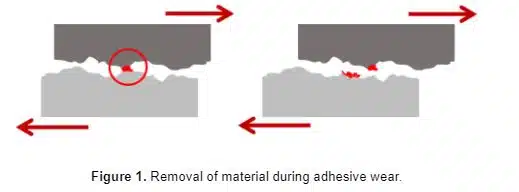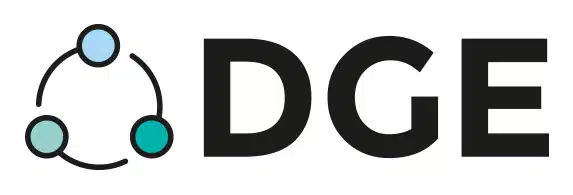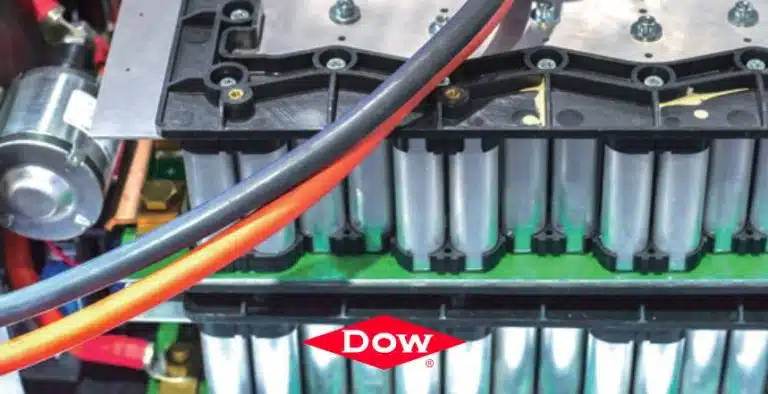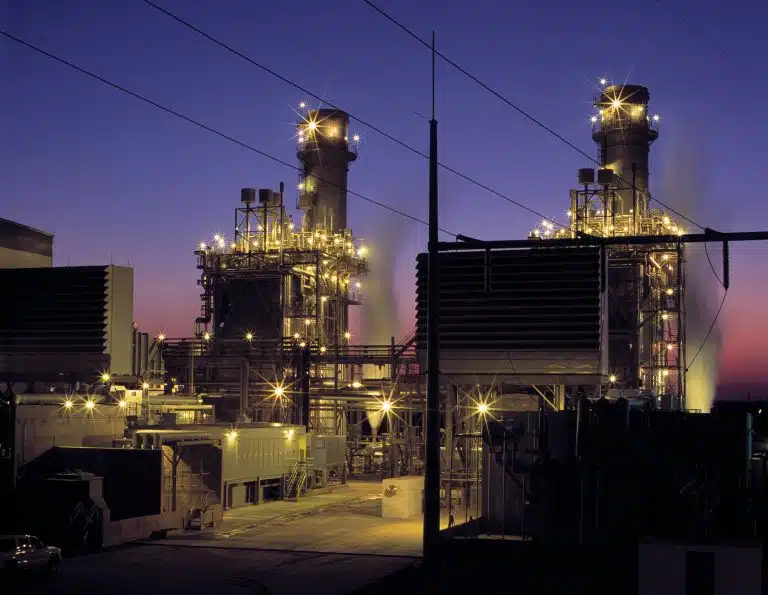Tribology is the science that studies friction, wear, and lubrication of touching surfaces in relative motion. It relies on concepts coming from materials science, physics, and chemistry among others, making it a multidisciplinary domain. From these three points (friction, wear, and lubrication), wear constitutes a large concern for industrials, as it accounts for over 50% of loss of machine usefulness. Therefore, controlling the conditions that affect it would not only prevent machine failure, but would ultimately allow to optimize the industrial process.
But before starting to point out how wear should be prevented, we should ask ourselves… what is wear exactly?
What is wear?
Wear can be defined as the damage or removal of material that a solid surface has undergone due to sliding, rolling, or impacting against another solid surface. It is not a material property, but rather a system response. Typically, wear is undesirable as it can lead to increased friction, and ultimately to material failure or loss of functionality. Thus, in order to reduce wear (and consequently friction) a thin film of lubricant is inserted between the rubbing surfaces.
Wear can be classified according to how the damaging of the surfaces occurs. Commonly, there is:
- Adhesive wear
- Abrasive wear
- Surface fatigue
- Fretting wear
- Erosive wear
- Corrosive and oxidation wear
Each type of wear is caused by one or more mechanisms. These mechanisms can synergically overlap, leading to an increased rate of wear.
Types of wear
In this section, more details are given on each one of the types of wear previously listed. The most common types are both adhesive and abrasive wear, but surface fatigue, fretting, erosive, and corrosive wear can also appear in many industrial applications under specific conditions.
2.1. Adhesive wear
Adhesive wear is the type of wear originated by the contact and interaction of asperities between two touching surfaces with strong adhesive force. In other words, opposing asperities bond to each other and shear off as one surface slides over another. Its intensity depends on several physical and chemical factors, but generally will increase with higher values of surface energy density. Oxidation films, the presence of lubricants, contaminants or lower loads, however, will suppress its effect.

2.2. Abrasive wear
Abrasive wear takes place when a rough, hard surface glides across a surface that is relatively softer. It is also the most frequent type of wear mechanism encountered in industry. Abrasive wear can be produced following three kinds of mechanisms, namely plowing (if there is no material removal from the surfaces, but rather grooves are formed from material being displaced), cutting (if there is material removal in the form of debris), or by fragmentation (if there is material removal, and at the same time there is localized fracture of the touching surfaces due to the removed debris).

2.3. Surface fatigue
Surface fatigue is the type of wear in which the surface of a material is weakened by cyclic loading. It is produced when the wear particles are separated from the solid surfaces by the accumulation of microdamage in the material. The wear mechanism in action combines the formation of cracks and voids in the solid surfaces, which are amplified with the running of cycles.
2.4. Fretting wear
Fretting wear occurs between two contacting surfaces in constant cyclical rubbing of small amplitude. It initiates fatigue cracks, which often result in fretting fatigue failure in shafts and other highly stressed components.
2.5. Erosive wear
Erosive wear is the type of wear produced by short sliding motion over a very short interval of time. It is produced when particles gradually remove material from the surface by continuous impact, deforming and damaging it. The impact of erosive wear can be affected by the nature of the impacting particles (their size, shape, and hardness), as well as the velocity and angle with which they impact to the surface, among other.
2.6. Corrosive and oxidation wear
Corrosive and oxidation wear occur as a combined effect of chemical and mechanical action. Chemical action increases porosity of the surface, while mechanical action leads to wear out. There are also a series of factors that affect wear in this case, such as an improper design of the mechanism, or the inability to remove sufficient heat or moister from the contact region.
-
How can wear be prevented?
There is a wide array of methods to prevent wear from happening. Most commonly, the most trivial thing to do is to use wear resistant materials, or to use products (such as sugru no drill glue) that can prevent wear in the first place itself. You could also change the material properties of the touching surfaces. The latter can be done, for example, by hardening or by chemical modification of the surfaces. When this is not possible, modern oils and greases present an easy and quick solution to wear. At present, a very large selection of lubricants is available in the market, each one specifically designed for a particular need or industrial application, and compatible to most common materials.






